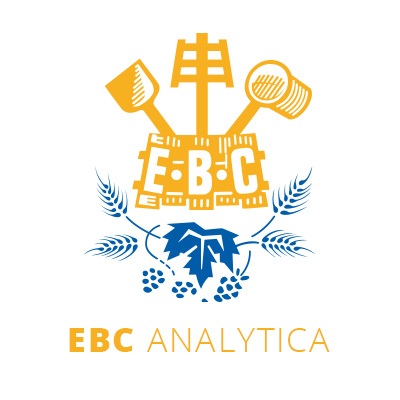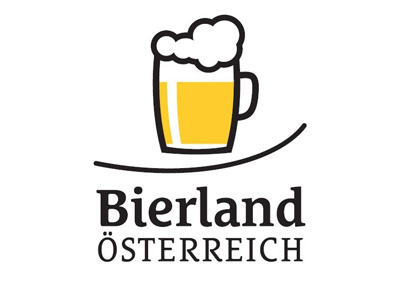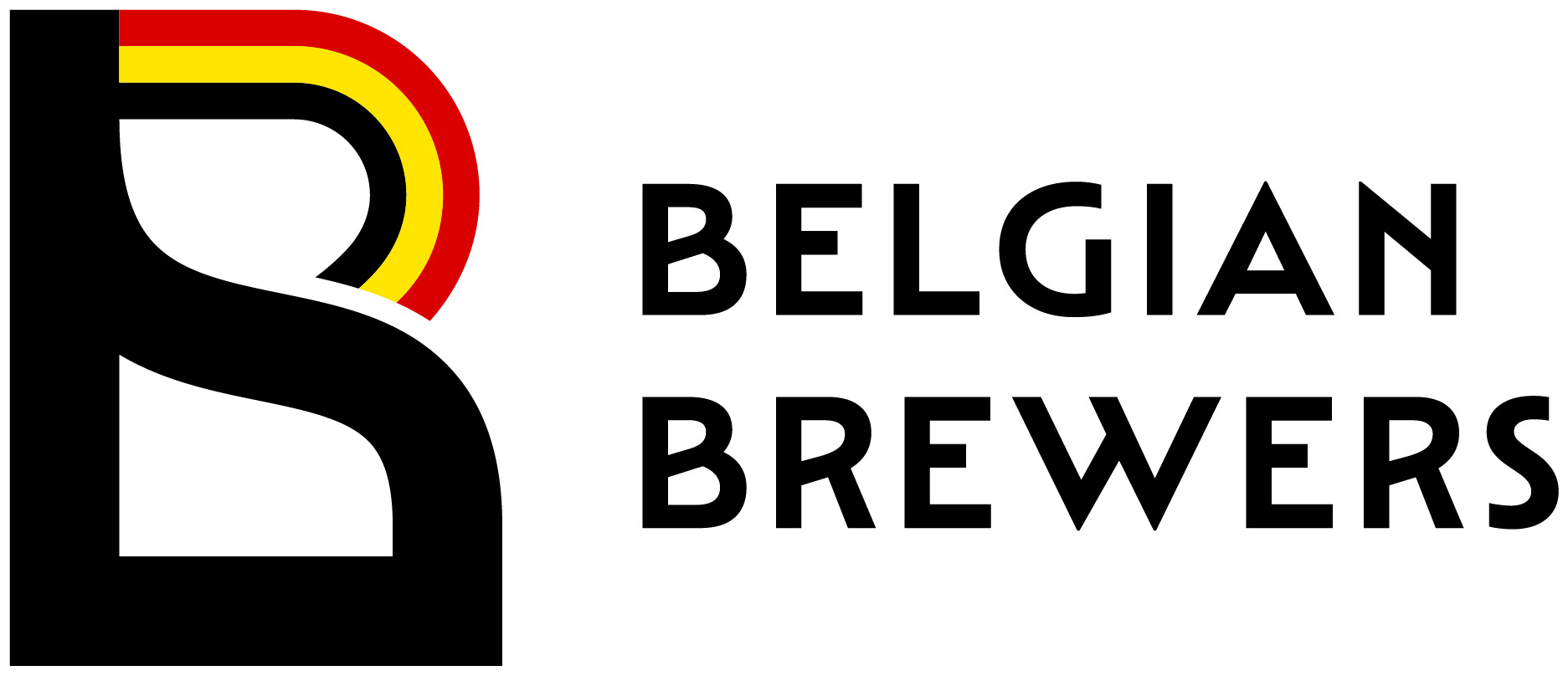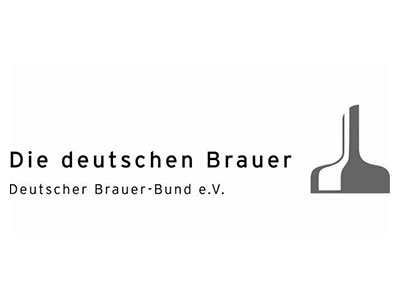- 25/10/2018
- 4153
- |
- Yeast Analysis
- |
- 2011
3.4.4 - Yeast Propagation (Laboratory Stages)
Propagation of brewing yeast strains from stock cultures to obtain sufficient yeast to pitch the first propagation tank in the brewery. As the objective is to produce large numbers of yeast cells (not to produce beer), the propagation conditions are more flexible than in brewery fermentation, so general guidelines, as well as a standard protocol as a guide are provided. Descriptors: laboratory storage.
it is necessary to use EBC Microbiology 3.4.1 and 3.1












